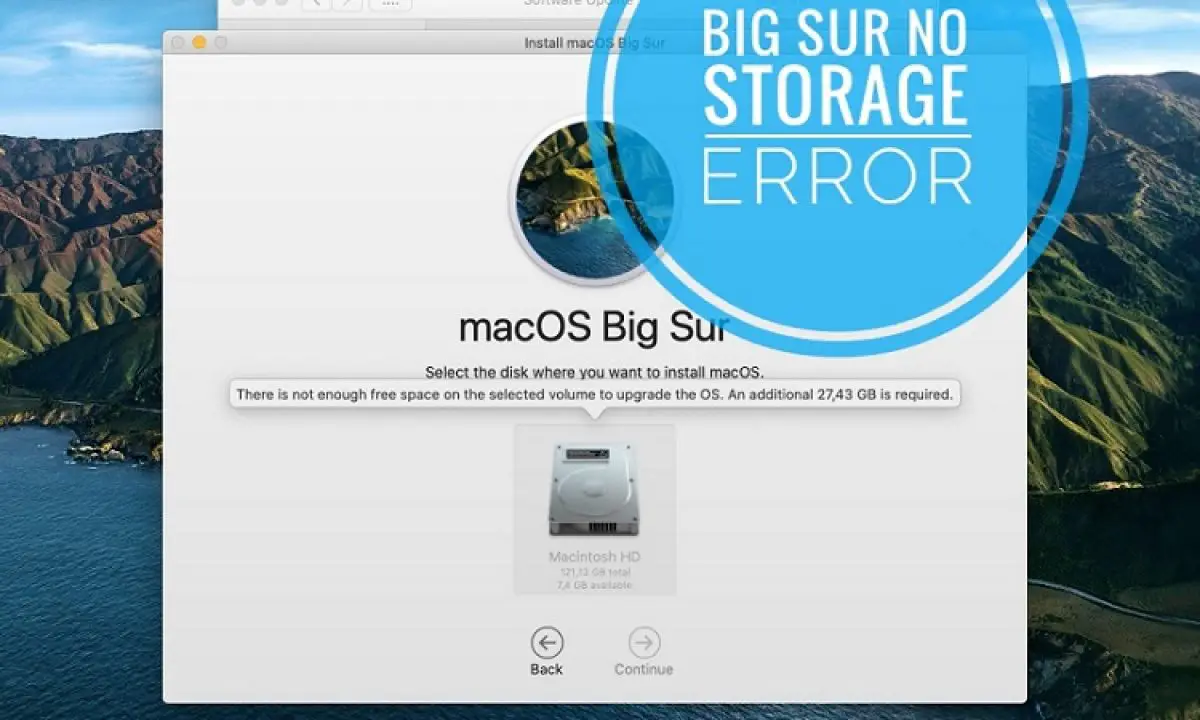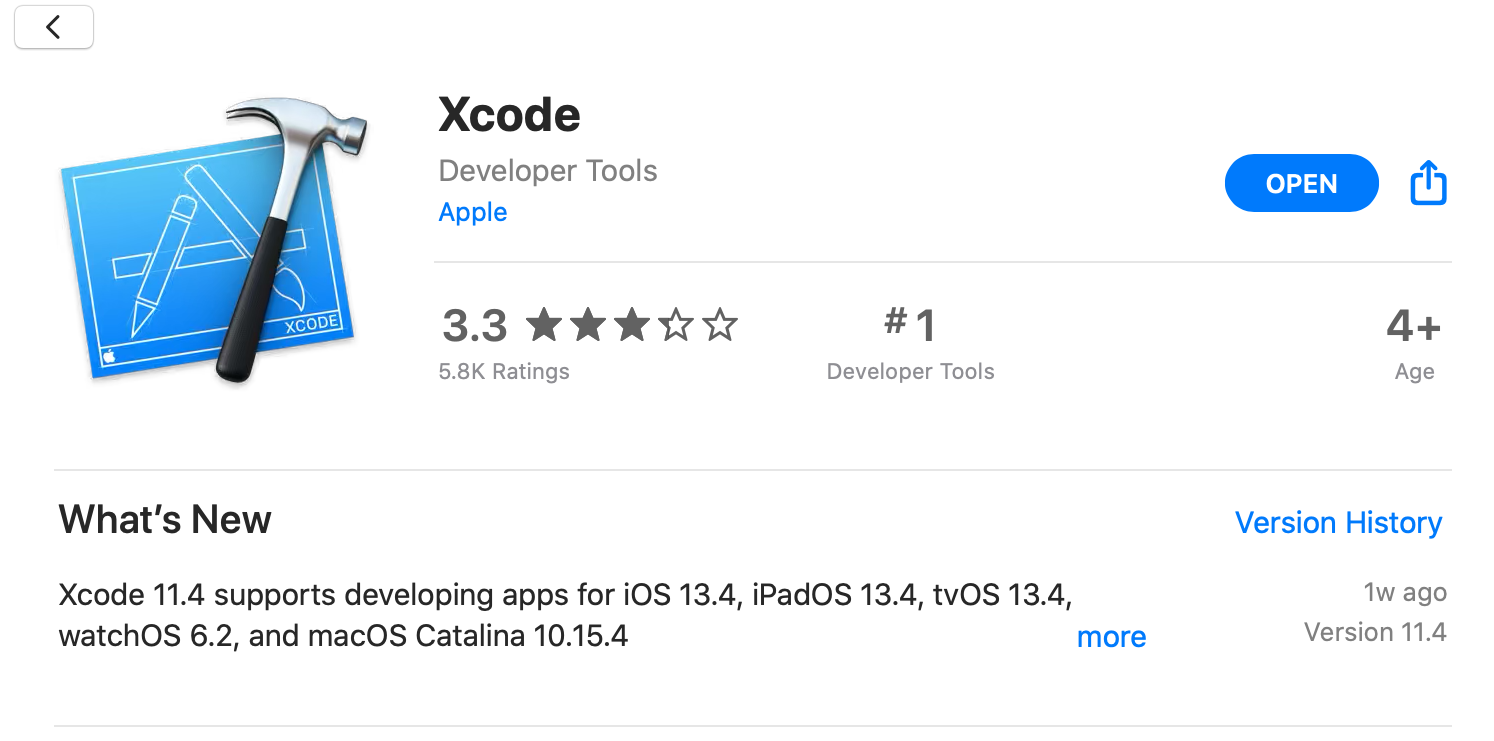
Hello all!
The official Qt reference saying - XCode 11 iOS 13 SDK. I there any way to deploy on iOS 14 device? I am using Qt 5.15. If not - when in Qt going to be iOS 14 support? Or all of it will be in Qt 6.0?
Updated.
I've just tried to update XCode 11.5 on Mojave and got this message
It's mean you can't be using Mojave anymore. You might be using previously installed, but not if you installing or reseting your apple device. Apple insisting on updates, even you trying to ignore updates:
I Installed Catalina macOS 10.15 however I'm unable to install the new Xcode 11.1 update. The download is successful and launchpad reports 'Installing' and then after some time I receve the message 'Unable to Download App. 'Xcode'could not be installed.
If you will update and install XCode from AppStore there will be installed XCode 12 that is not supported by QT yet. You will get an error of something like 'I don't see iOS SDK'. Install XCode manualy by downloading it through Apple Developer login. In few going to post system configuration that is OK for Qt developing for mobile.
Before we get right to how to install command line tools on macOS, let us look at what macOS Catalina is all about. Apple just made available a major release of its macOS codenamed macOS Catalina (version 10.15). MacOS Catalina is the sixteenth release of Apple’s desktop operating system for Macintosh computers. For Catalina + Xcode 12 + iOS14 SDK no options for now to build Qt Application it's not supported by Qt 5.15.1. Awaiting announced Qt 6.0 that is going to be supported XCode 12 + iOS14 SDK. For Qt will be working only XCode 11 downloaded manually (do not install from AppStore). So the solution is to compile Xdebug manually, manually specifying the actual location of the header files, which are still provided by Xcode, just at a different location. The first step is to get Xcode from the App Store. Once Xcode installed, we have to get the command line tools: xcode-select -install.
Mac OS X comes with Python 2.7 out of the box.
You do not need to install or configure anything else to use Python 2. Theseinstructions document the installation of Python 3.
The version of Python that ships with OS X is great for learning, but it’s notgood for development. The version shipped with OS X may be out of date from theofficial current Python release,which is considered the stable production version.
Doing it Right¶
Install Xcode Mac Terminal Catalina
Let’s install a real version of Python.
Before installing Python, you’ll need to install GCC. GCC can be obtainedby downloading Xcode, the smallerCommand Line Tools (must have anApple account) or the even smaller OSX-GCC-Installerpackage.
Note
If you already have Xcode installed, do not install OSX-GCC-Installer.In combination, the software can cause issues that are difficult todiagnose.
Note
If you perform a fresh install of Xcode, you will also need to add thecommandline tools by running xcode-select--install on the terminal.
While OS X comes with a large number of Unix utilities, those familiar withLinux systems will notice one key component missing: a package manager.Homebrew fills this void.
To install Homebrew, open Terminal oryour favorite OS X terminal emulator and run
The script will explain what changes it will make and prompt you before theinstallation begins.Once you’ve installed Homebrew, insert the Homebrew directory at the topof your PATH environment variable. You can do this by adding the followingline at the bottom of your ~/.profile file
If you have OS X 10.12 (Sierra) or older use this line instead
Now, we can install Python 3:
This will take a minute or two.
Pip¶
Homebrew installs pip pointing to the Homebrew’d Python 3 for you.
Working with Python 3¶

At this point, you have the system Python 2.7 available, potentially theHomebrew version of Python 2 installed, and the Homebrewversion of Python 3 as well.
will launch the Homebrew-installed Python 3 interpreter.

will launch the Homebrew-installed Python 2 interpreter (if any).
will launch the Homebrew-installed Python 3 interpreter.
If the Homebrew version of Python 2 is installed then pip2 will point to Python 2.If the Homebrew version of Python 3 is installed then pip will point to Python 3.
The rest of the guide will assume that python references Python 3.
Pipenv & Virtual Environments¶
The next step is to install Pipenv, so you can install dependencies and manage virtual environments.

Install Xcode-select Mac Catalina
A Virtual Environment is a tool to keep the dependencies required by different projectsin separate places, by creating virtual Python environments for them. It solves the“Project X depends on version 1.x but, Project Y needs 4.x” dilemma, and keepsyour global site-packages directory clean and manageable.
For example, you can work on a project which requires Django 1.10 while alsomaintaining a project which requires Django 1.8.
So, onward! To the Pipenv & Virtual Environments docs!
This page is a remixed version of another guide,which is available under the same license.